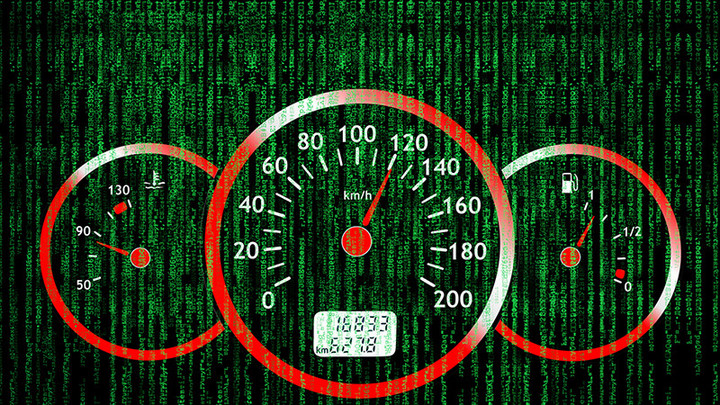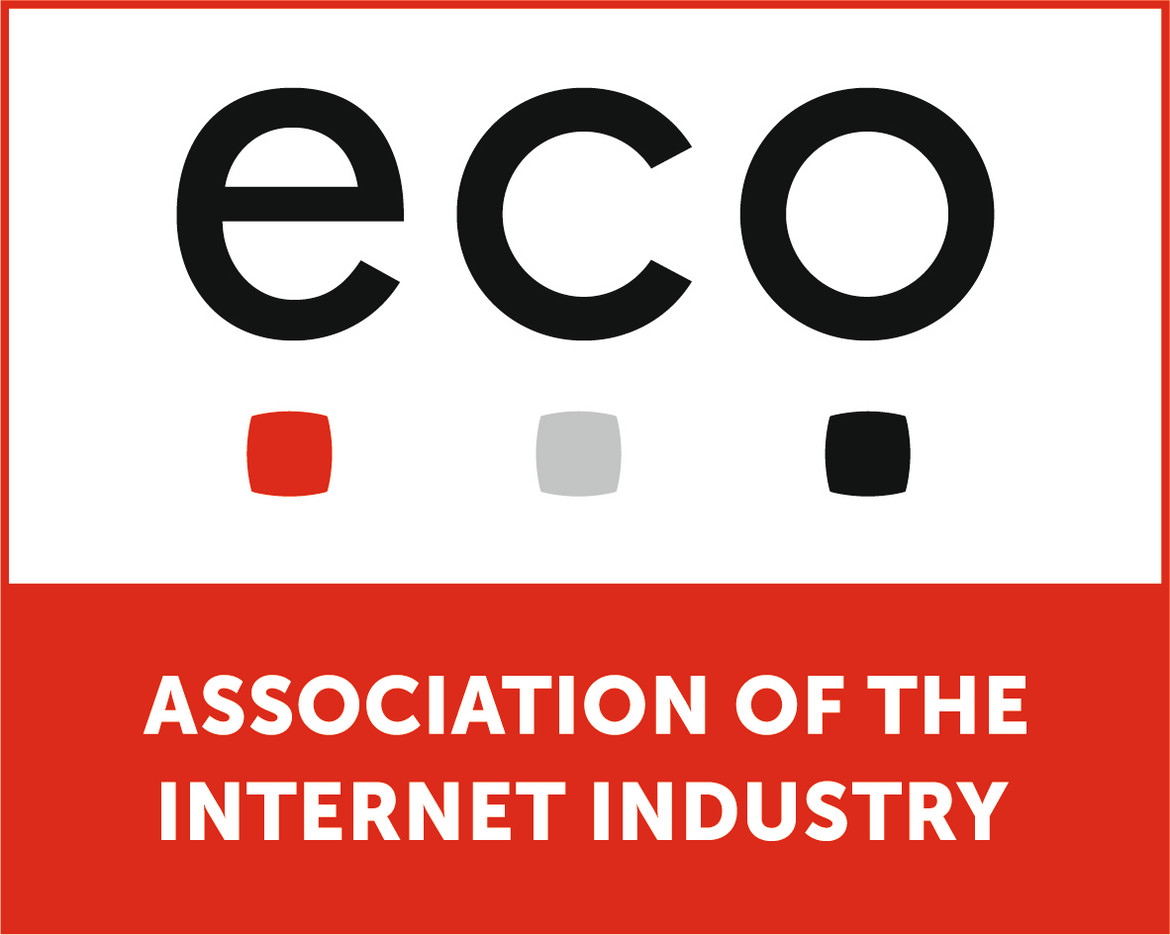Connected Car Security
The potential for the connected car to improve safety on the road is immense, but its ability to do so also depends on the IT security built into the system. dotmagazine spoke to IT security specialist and Member of the Board at the eco Association, Professor Norbert Pohlmann, about the challenges of securing connected cars.

© ET1972 | istockphoto.com
Watch the 5-minute video above or on YouTube, read the transcript, or skip to individual questions:
- What are the main challenges of security for connected or self-driving cars?
- Are there particular security requirements for edge or fog computing which are different from the standard ones?
- With products as complex as connected cars, how can a security strategy be developed that encompasses the entire value chain?
- It is often claimed that human nature is one of the greatest risks to IT security. How can connected car security be designed so that it is independent of the user?
Norbert Pohlmann is a Member of the Board and Director of IT Security at eco – Association of the Internet Industry. He holds two positions at Westphalian University of Applied Sciences, Gelsenkirchen: Professor of Distributed Systems and Information Security in the field of IT, and Managing Director of the Institute for Internet Security. Since April 1997, Prof. Pohlmann has been chairman of the management board of the German Association for IT Security TeleTrusT, the role of which is to establish trustworthy IT systems. Prof. Pohlmann is co-initiator and chairman of the program committee of the "Information Security Solutions Europe" conference (ISSE), which takes place annually in different European cities (Berlin, Barcelona, London, Paris, Paris, Vienna, Berlin, Berlin, Budapest, Rome, Warsaw, Madrid, The Hague, Berlin, Prague, Brussels, Berlin). In addition, Prof. Pohlmann is a member of the scientific advisory board of the GDD (Society for Data Protection and Data Security e. V.) and a member of the steering committee "Taskforce IT-Security" (Federal Ministry of Economics and Technology). For five years, he was a member of the "Permanent Stakeholders' Group" of ENISA (European Network and Information Security Agency), the European Community's security agency (www.enisa.europa.eu).



